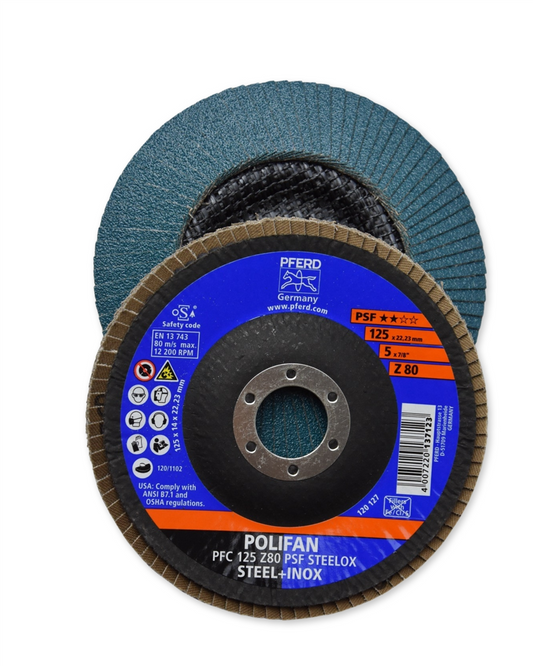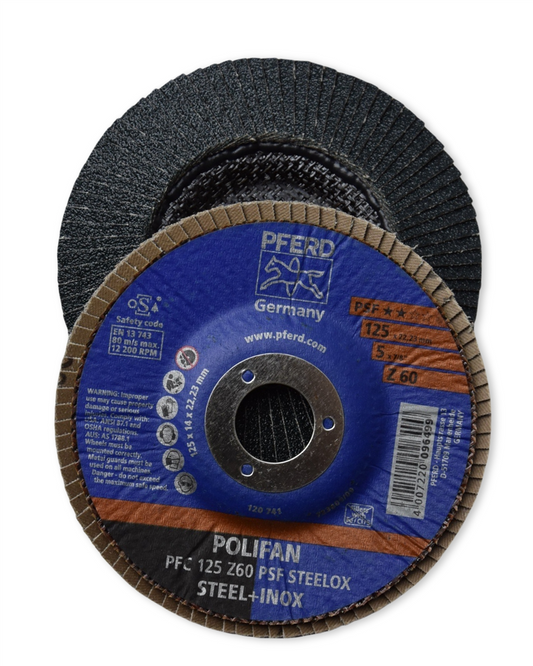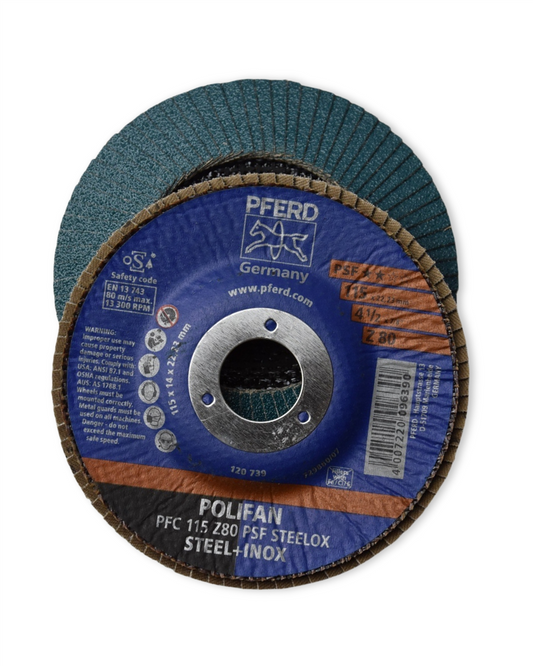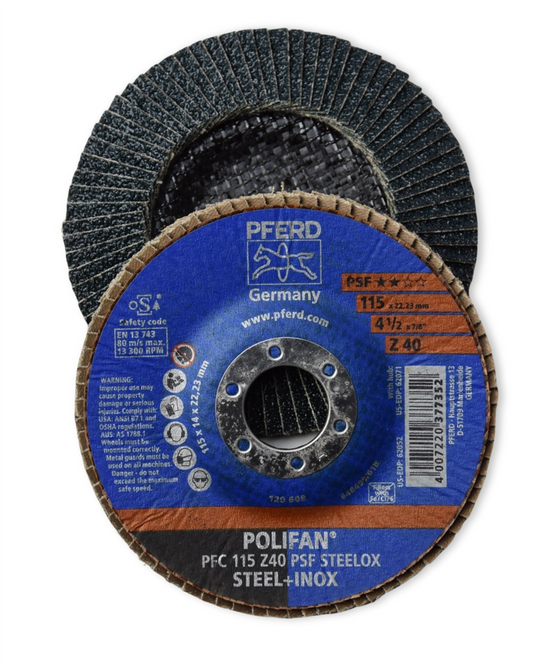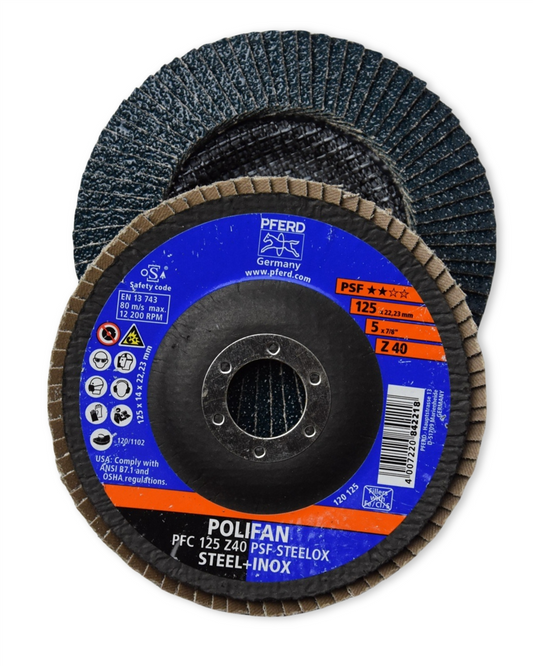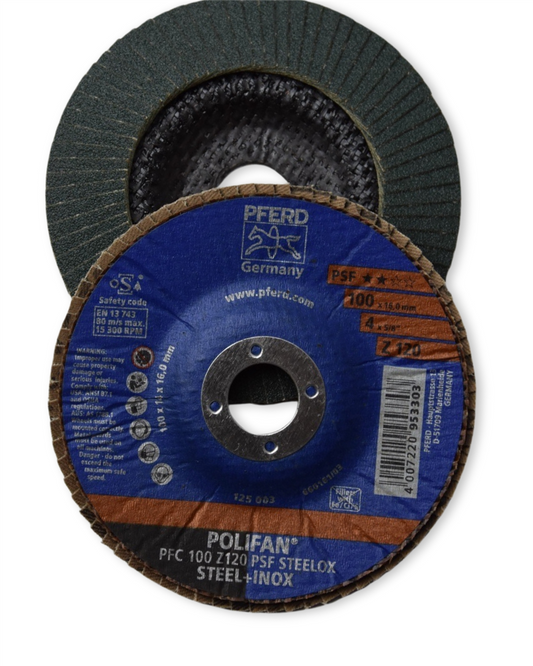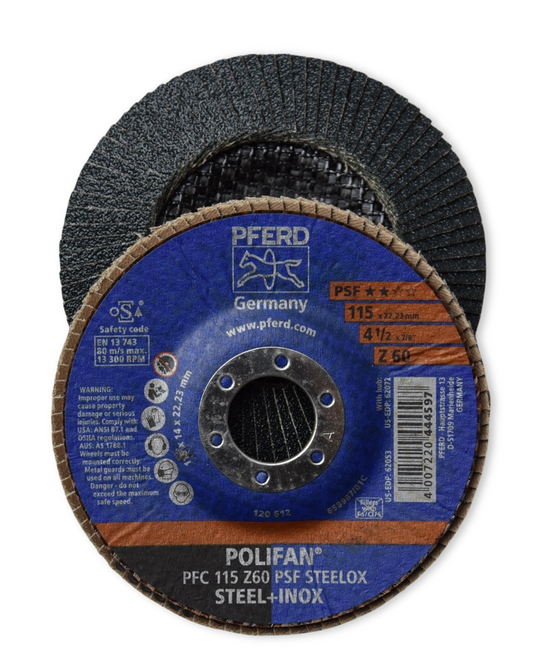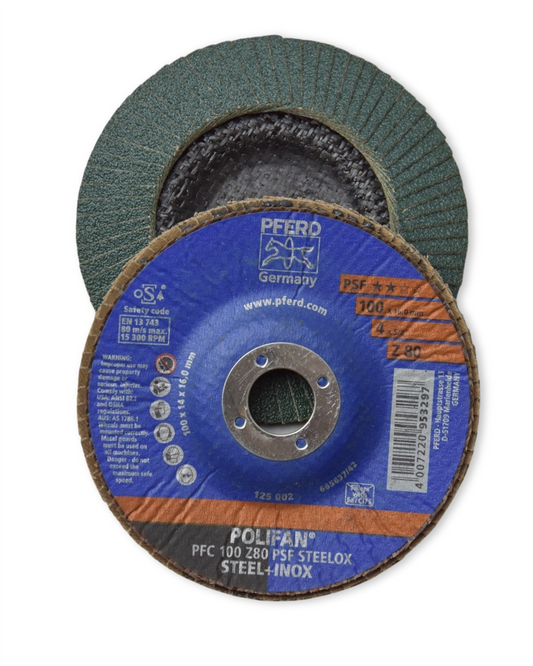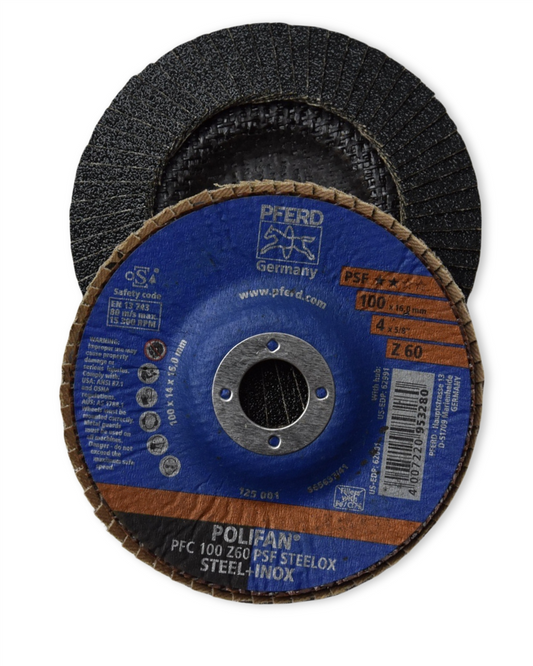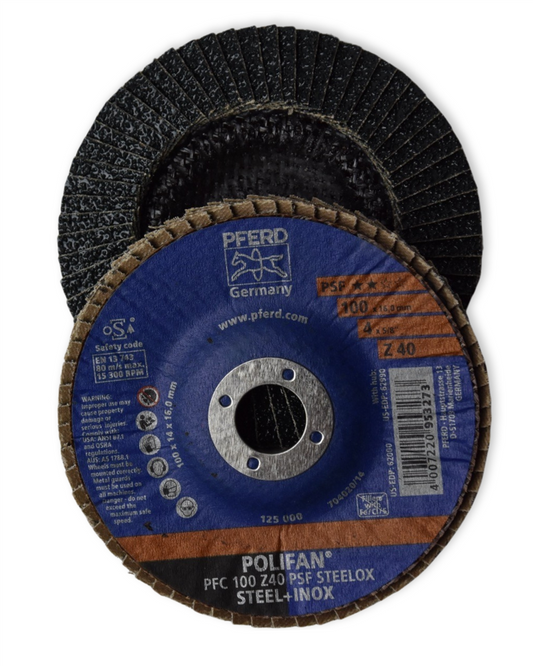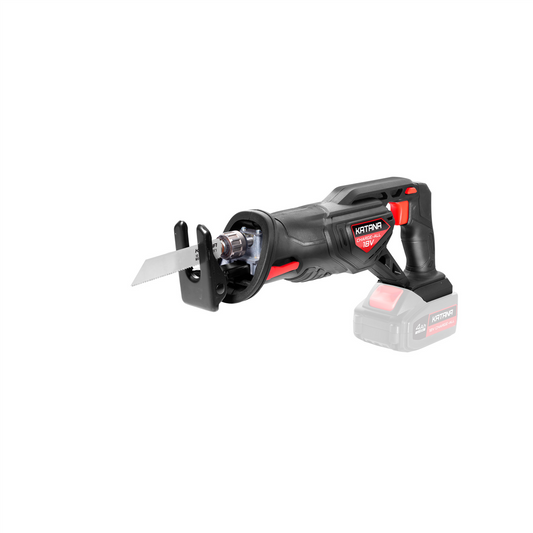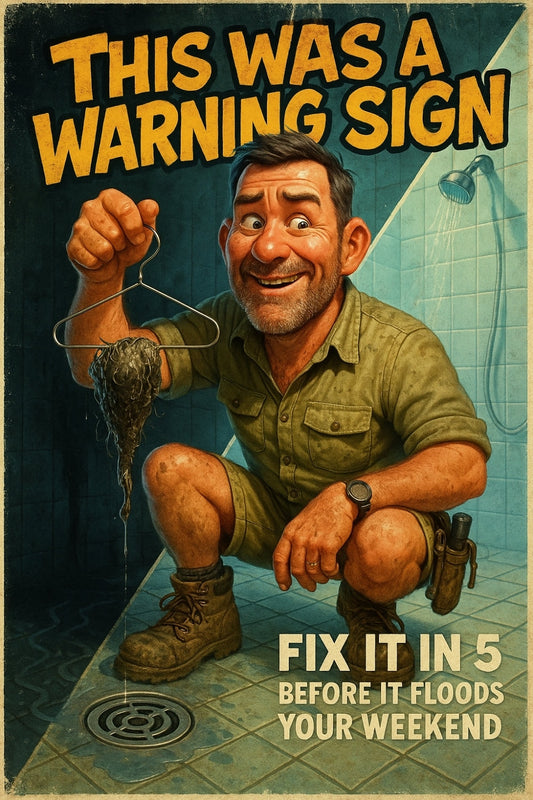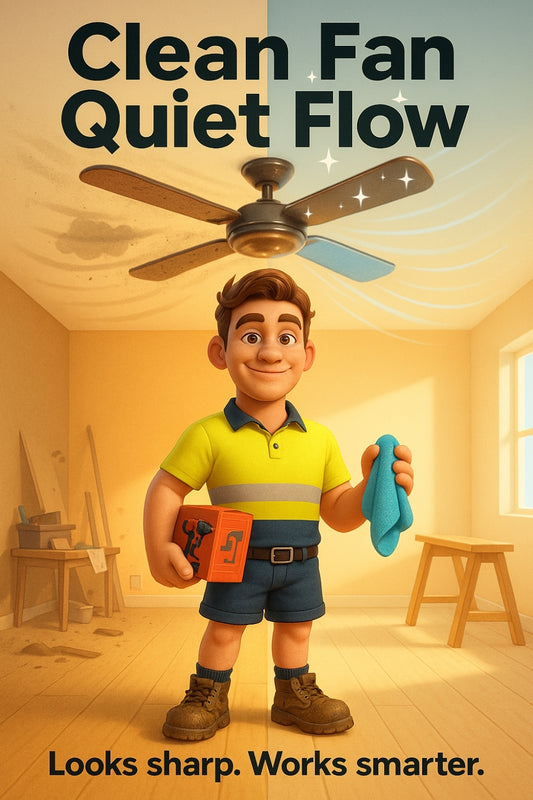How to Read Product Labels and Choose the Best Hardware for DIY Projects
Share
Decoding Product Labels: Your Secret Weapon for Smarter DIY Shopping
Ever stood in the hardware aisle, staring at a wall of screws, paints, or power tools, feeling like you're deciphering an ancient language? We've all been there. Those labels hold the key to getting the right gear for your DIY masterpiece—but only if you know what to look for.
Cracking the Code on Product Labels
Reading a hardware product label isn’t just about glancing at the brand name and price. It’s about understanding what’s inside, how it performs, and whether it’s right for your project. Here’s what to check:
1. Material and Composition
Whether it’s timber, screws, or garden mulch, the material matters. Look for terms like “galvanised” (rust-resistant steel), “treated pine” (rot-resistant wood), or “organic” in gardening products. If you’re unsure, ask about local conditions—some materials hold up better in certain climates than others.
2. Measurements and Ratings
Paint tins, bolts, adhesives—everything has a size, a strength, or a recommended usage. If a label says “M10 x 75mm,” that bolt has a 10mm diameter and is 75mm long. Power tools often include wattage or amp ratings, showing how much grunt they’ve got under the hood. Bigger numbers aren’t always better—check what suits your task.
3. Safety Symbols and Warnings
Glues, paints, and fuels list hazard symbols. A little flame icon? Flammable. Skull and crossbones? Don’t let the kids play chemist with it. And always check if an item needs proper ventilation (yep, that’s why some paints smell strong—they need airflow!)
4. Longevity and Suitability
Treated wood will last longer outdoors, stainless steel screws hold firm in humid spaces, and some glues specify “indoor only”—ignoring this info could mean redoing your project sooner than expected. Look for labels that mention longevity, UV resistance, or moisture protection.
Choosing the Best Hardware for Your DIY Project
Now that labels aren't a mystery, picking the right tools and materials becomes much easier. Here’s what you need to keep in mind when filling up your trolley:
Match Products to the Job
If you’re building a garden bed, untreated wood could decay quickly. If you’re sealing a deck, an oil-based outdoor sealant lasts longer than a water-based one. Every job has its perfect match—choosing wisely saves time and effort later.
Think Quality Over Price
A budget paintbrush might shed bristles into your fresh coat of paint, and cheap screws can snap under pressure. High-quality tools and materials often last longer and perform better. A good rule? Buy the best you can afford, especially for frequently used items.
Check for Compatibility
Some adhesives won’t bond with certain materials. Some drill bits aren’t tough enough for masonry. Before checking out, be sure everything you’ve grabbed actually works together. If in doubt, a quick chat with a hardware expert can save a headache.
Need Help? Ask the Pros
Product labels give you clues, but nothing beats expert advice. If you’re unsure, chatting with someone who knows the ins and outs of DIY hardware can keep you from buying the wrong thing—or worse, having to make a second trip. And if that expert also happens to run hands-on workshops? Even better.
So next time you're standing in the hardware aisle, you're not just another shopper. You’re an informed DIY champion, ready to tackle that next project like a pro!
Happy building!
Candeece

Stay Connected
Follow our Facebook Page: Strathalbyn H Hardware on Facebook

